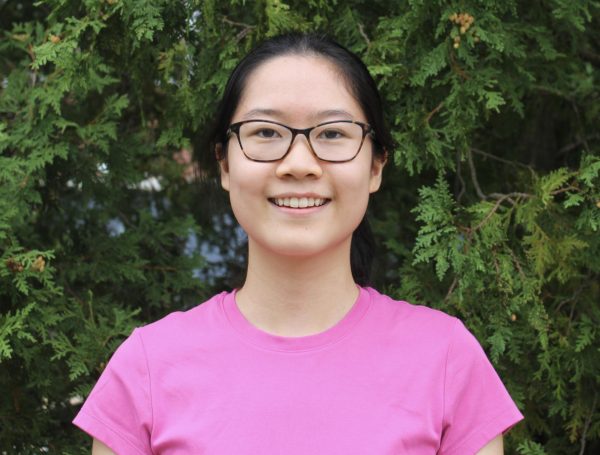By Juliana Yao, Co-Sports Editor
With the recent U.S. Supreme Court ruling to revoke affirmative action, many claim the decision to be an indication of colleges finally admitting students based on academic merit instead of their race. However, the nation’s best ranking colleges still do not grant admission solely based on merit. In reality, admission at elite colleges remains as unfair as it’s ever been —perhaps even more so.
Affirmative action was an attempt to remedy past discrimination against marginalized racial groups. Systemic racism has left African Americans, Hispanics and other minorities behind. In addition to lower overall socioeconomic statuses, such minorities are often underrepresented in higher education and employment.
Indeed, after almost 27 years of abolishing affirmative action, California public universities have consistently failed to meet diversity goals in their student bodies. As Yale economics professor Zachary Bleemer found, the long-term prospects for African American and Hispanic students worsened after the ban. Not only were their salaries found to be lower, but the numbers of graduate degrees among these minority groups decreased, and they were less likely to enter high-paying STEM jobs. On the other hand, salaries and job opportunities before and after the ban for Asian American and white students were about equal.
While affirmative action seems to improve social and economic equity when it comes to race, what happened to colleges educating the best doctors, not the most diverse? And to that point, it seems like diversity has overlooked value. Professor of education and psychology at Claremont Graduate University Daryl Smith and Natalie Schonfield who has a Ph.D. in education conducted a review of research on diversity, finding that it improved critical thinking and problem solving skills when in the classroom and on campus. Perhaps instead of a barrier to the highest quality education, diversity is a necessary factor.
Many will say that class-based affirmative action is enough to compensate for differences in opportunity and promote social equity. But this fails to recognize the prevalence of racial disparity in America. A Stanford Graduate School study found that at the same income level, an African American family was more likely to live in a poorer area, while a white family was more likely to live in a wealthier area. Even with comparable incomes, this gap exists.
In the end, diversity is simply an institutional goal for colleges, much like recruited athletes or legacy students. When a mass of extremely qualified and academically capable students apply to prestigious colleges with limited seats, they are allowed to pick and choose qualities that they desire. Elite college admissions are not meritocracies — they can’t be. Not only should affirmative action make us question the underlying societal structures that perpetuate racial inequality but also the worth we assign to a college name.
Juliana Yao can be reached at [email protected].






















































































